Sita Rising: The Original Disruptor
Sita is not a symbol of submission. She is the original disrupter — born from the earth itself, belonging to no one’s lineage but her own.
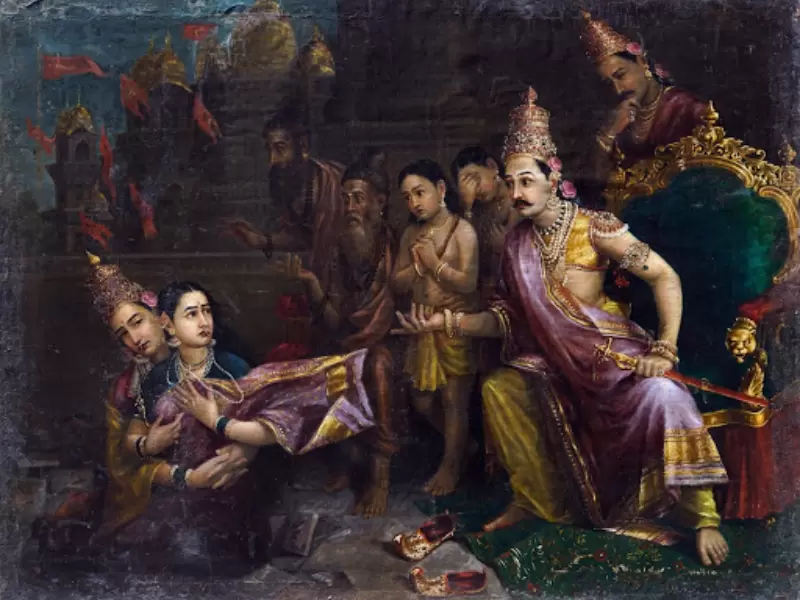 Sita by Raja Ravi Varma / Courtesy Photo
Sita by Raja Ravi Varma / Courtesy Photo
Every Diwali, we celebrate the return of Lord Rama — the triumph of good over evil, of light over darkness. Yet in that familiar story, one light often burns quietly in the background: Sita’s. Her strength has been misread for centuries as silence, her resilience mistaken for obedience. But maybe this Diwali, it’s time to tell her story differently — to see Sita not as the shadow of Rama’s glory, but as the Flame that burns on her own terms.
Sita is not a symbol of submission. She is the original disrupter — born from the earth itself, belonging to no one’s lineage but her own. She embodies Shakti in its most grounded form: patient, powerful, and unwilling to compromise her truth.
When she followed Rama into exile, it wasn’t subservience — it was solidarity. When Ravana tried to break her spirit, she resisted not with weapons, but with unshakable conviction. And when society demanded she prove her purity — twice — she refused to play along. Her return to the earth wasn’t an escape; it was a mic drop. Sita saying, “I don’t owe you proof of my worth.”
For Indian-American readers who grew up navigating the tension between reverence and rebellion, Sita’s story feels familiar. We, too, are told to be good — but not too outspoken. Devoted — but not demanding. Modern — but not “too Western.”
Sita speaks to that in-between space — to every woman (and man) who has ever been asked to dim their light for someone else’s comfort. She teaches us that devotion and dissent can coexist — that standing in your truth is the deepest kind of dharma.
Seen through today’s lens, Sita is the goddess of boundaried love. Her devotion is Fierce, but it is not blind. Her compassion is vast, but it does not erase her self-respect. She reminds us that spiritual strength is not about quiet endurance — it’s about knowing when to walk away from injustice, even if the whole world calls it sacred duty.
Here are some Bay Area voices on how they see the goddess:
Athena Kashyap, a San Francisco poet called her second book of poetry ‘Sita’s choice’ and sees her more as an environmental goddess born of Mother Earth and returning back to her.
‘She also makes me think about where we are heading- our need to change our model, to take a different path than we are on. My mother-in-law spoke of being inspired by Sita in her rough times- her resilience and her integrity. She was kind of cool- taking her children and bringing them up in the forest. Here in the US, we have to do it all too.
Sita’s choice
(the poem came from seeing Raja Ravi Varma’s painting ‘Sita Taken by Goddess Earth’) Let to the edge of the picture frame
Towards a yawning hole in the ground Sita cannot hide the dismay that drips
From her eyes. Integrity intact, she holds up
Her pallet, Flailing from false accusations. Pink and gold no longer unite
And in the widening gap between Ram and herself-
A single mother’s ascetic years Lost among hermits and trees
In contrast to the Fierce glitter of gold, Rush to clutch the sword.
In the gap too, Ram’s shoes-
Shucked off like his responsibility to Sita. Still he questions Sita’s choice
To return to her mother, Earth, Who leads Sita away, arms clasped Around her waist, Fingers locked,
His own palm hanging above the crack- open and empty.
…………………………….
Pushpita Prasad, a communications professional in the Bay Area questions the story of Lakshman Rekha which is almost a cultural trope in North India . ‘In the Ramayana it is not mentioned till a 19th century playwright who brings it in and now every play carries it and we are mostly brought up on the TV series… Sita, as a submissive wife is not true. She goes on a camping trip for 14 years despite Ram asking her to stay. She did not ask for his permission, she told him she was coming. Urmila (Lakshman’s wife) stays back to do the royal duties and serve the in laws, not Sita!
Rajeshwari from Hindu Speakers Bureau also senses Sita as woman with agency who Maharishi Vashishta had asked to rule the kingdom while Ram was away but rather than live in luxury she chose to go with Ram, even arguing her case.
Mona Vijaykar sees her through Vedanta eyes: Sita, in Sanskrit means “ the furrowed earth”, a name given to her by her father, King Janak, when he found her abandoned in the Field.
Metaphorically, it refers to Prakriti, that is all forms of organic life. As Sita Finds herself trapped by Ravana, the ten-headed demon, my Jeevatma too assumes it is bound by matter, (the ten aspects of body and mind). Sita’s desire to possess the illusory golden deer and her failure of viveka ( the ability to discern the real) when the disguised Ravana begs for foodcauses her to be trapped by Ravana. Similarly, my desires and ignorance, my indiscriminate choices keep me bound in body and mind. Sita yearns to be reunited with Rama as my Jeevatma yearns to break free of this illusory existence ( of maya) and merge to Find moksha in my True Self.
This Diwali, as we light our diyas, let’s remember that every Flame carries both light and heat. The light is Rama’s — clarity, order, virtue. But the heat? That’s Sita’s — the Fire that refuses to conform, that burns away shame, that transforms pain into purpose.
To honor Sita is to honor every woman who’s ever been told she must be smaller to be loved. It’s to reclaim the divine feminine as Fierce, not fragile. It’s to see the sacred not only in patience, but in protest — in saying no, in leaving the unfair, in refusing to apologize for one’s strength.
So this Diwali, let’s light our lamps not just for the victory of light over darkness, but for therising of voices long unheard. May Sita’s Fire remind us that liberation begins at home — in how we see our myths, our mothers, and ourselves.
ADVERTISEMENT
ADVERTISEMENT
E Paper
Video



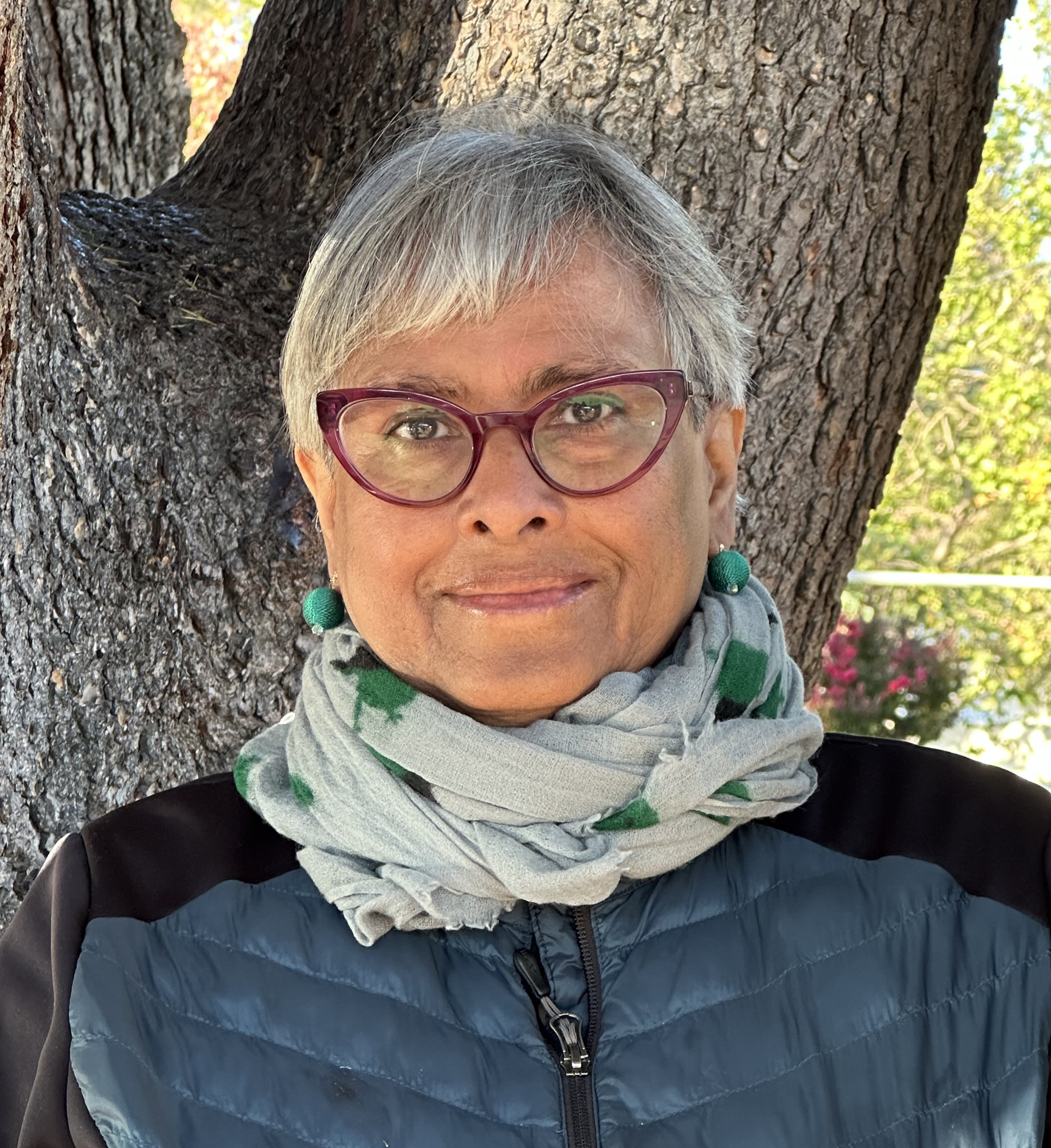 Bulbul Mankani Dasanjh
Bulbul Mankani Dasanjh
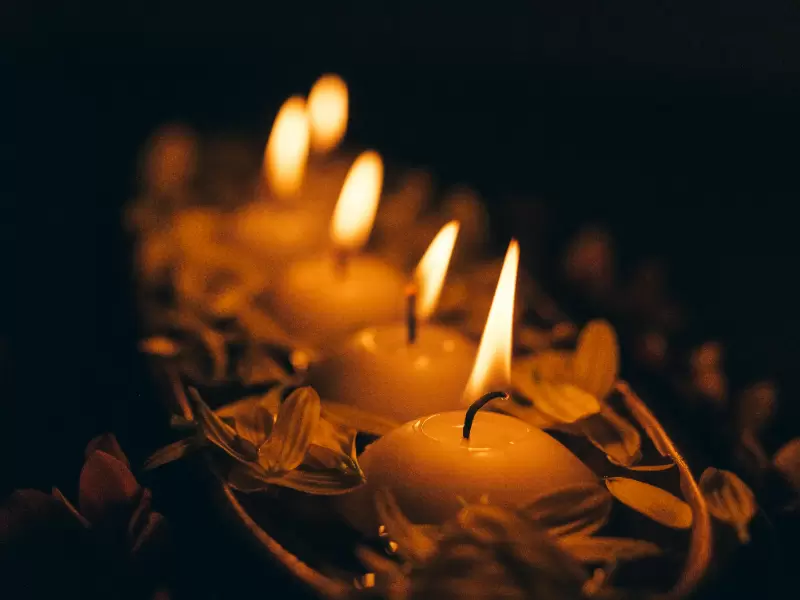

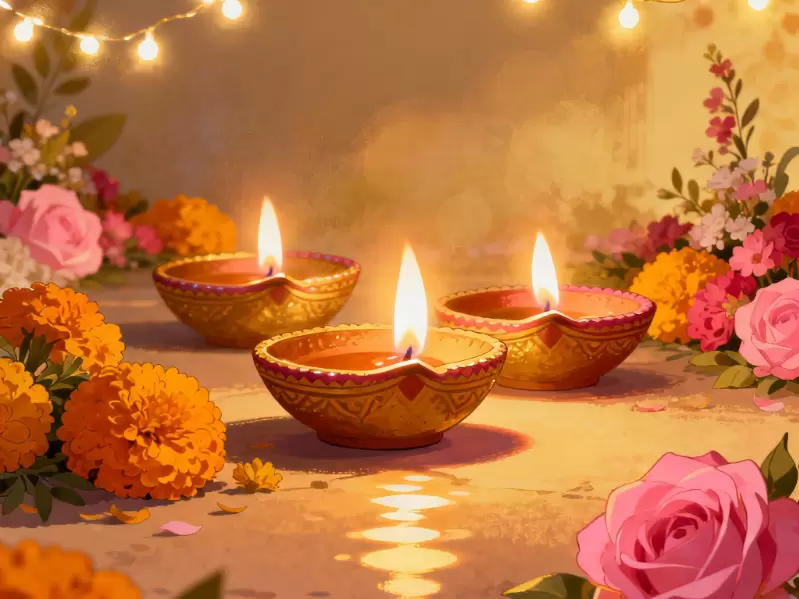


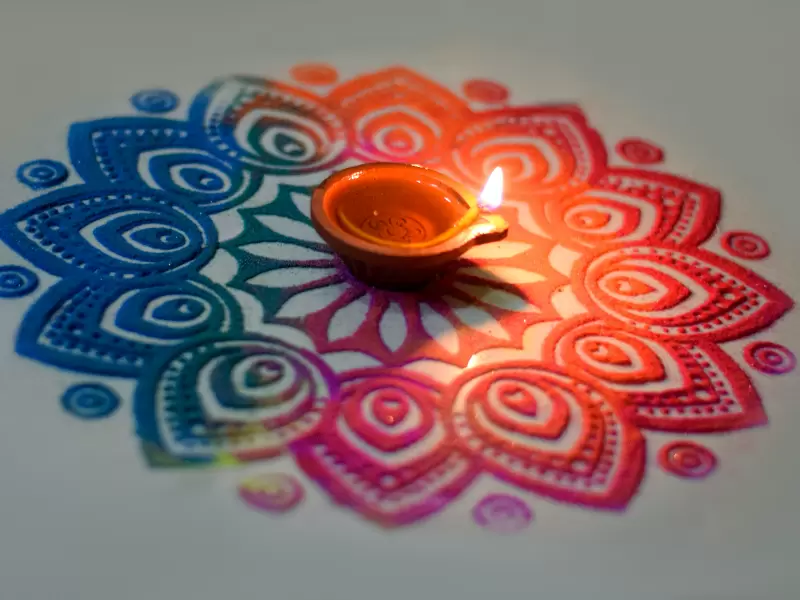



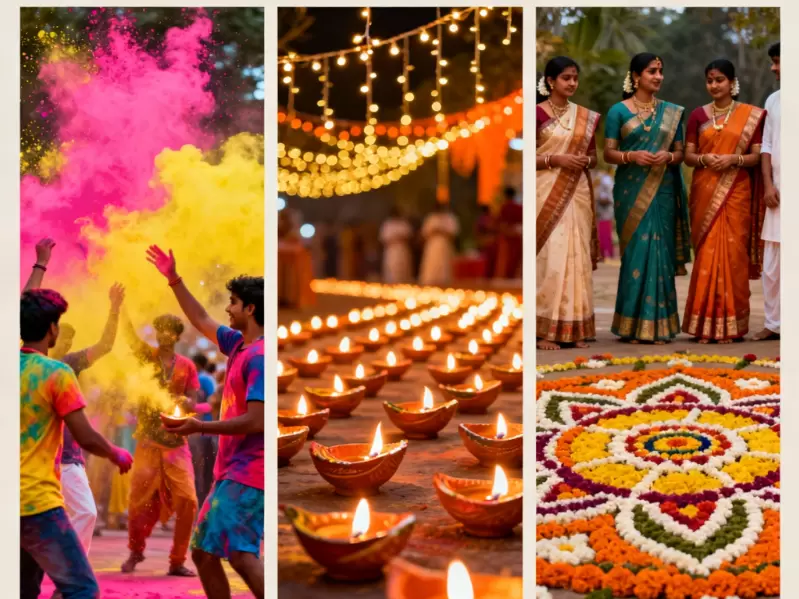



Comments
Start the conversation
Become a member of New India Abroad to start commenting.
Sign Up Now
Already have an account? Login